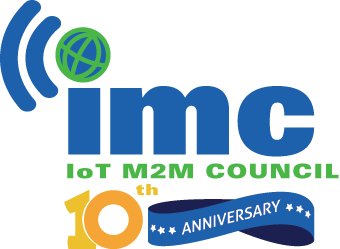Renesas MCUs provide touch sensing for IoT applications
- December 9, 2020
- Steve Rogerson

Japanese semiconductor company Renesas has introduced low-power microcontrollers with capacitive touch sensing for IoT node HMI applications.
This is an expansion of the firm’s 32bit RA2 series of microcontrollers (MCUs) with 20 added RA2L1 group devices, increasing the RA family to 66 MCUs.
The general-purpose MCUs use the Arm Cortex-M23 core operating up to 48MHz. They are supported by the FSP flexible software package and Renesas’ partner ecosystem, which provides software and hardware building blocks that work out-of-the-box.
The low-power and innovative touch interface of the MCUs make them suitable for home appliance, industrial and building automation, medical and healthcare, and consumer human-machine-interface (HMI) IoT applications.
There are several integrated features to lower costs, including capacitive touch sensing, embedded flash memory densities up to 256kbyte, SRAM at 32kbyte, analogue, communications and timing peripherals, and safety and security functions.
In many battery-powered applications, the MCU spends most of the time in a low-power standby mode waiting for an internal or external event to wake-up the CPU and process data, make decisions and communicate with other system components.
When benchmarked for power consumption, the MCU was certified with an EEMBC ULP Mark score of 304 at 1.8V.
“Continuing the rollout of the RA MCU Family, I am pleased to announce the expansion of the general-purpose RA2 series for HMI IoT applications,” said Roger Wendelken, senior vice president at Renesas. “The RA2L1 MCUs were designed from the ground-up to optimise for lowest-standby power, employing an advanced power and clock gating feature, and integrate our second-generation capacitive touch sensing unit with advanced and highly differentiated features.”
The capacitive touch IP provides operability for various touch and touchless system implementations. For example, it supports sensing through acrylic or glass panels more than 10mm thick, which is enough for use in household equipment with thick doors or partitions. It also implements proximity sensing (hovering) and 3D gestures. This accommodates hygiene or safety limitations.
The capacitive touch noise tolerance meets the requirements of IEC EN61000-4-3 level four (radiated) and EN61000-4-6 level three (conducted) to assure reliable operation with few sensing errors.
Operating voltage range is 1.6 to 5.5V. Low power consumption delivers an operating current of 64µA/MHz and software standby current of 250nA with less than 5µs fast wakeup. It uses the firm’s 110nm low-power process for active and sleep or standby modes and there are power-down modes for battery driven applications.
On-chip peripherals include a high precision (1.0%) high-speed oscillator, temperature sensor and multiple power supply interface ports. Background operation data flash supports one million erase-programme cycles. It is scalable from 48-pin to 100-pin LQFP packages.
There is also an IEC60730 self-test library and integrated safety functions provide confirmation of normal operation. These safety functions can be used to perform MCU self-diagnostics. In addition, the RA2L1 includes an AES cryptography accelerator, true random number generator and memory protection units that provide the fundamental blocks to develop a secure IoT system.
Legacy code can be reused and combined with software from partners across the Arm ecosystem to speed implementation of complex connectivity and security functions. The FSP includes Free RTOS and middleware. These out-of-box options can be replaced and expanded with any other RTOS or middleware.
The FSP also includes an HAL driver and provides efficiency enhancing tools for developing projects targeting the RA2L1 MCUs. The e2 studio integrated development environment provides a familiar development cockpit from which the key steps of project creation, module selection and configuration, code development, code generation and debugging are managed. The FSP uses a GUI to simplify the process and accelerate the development process, while also making it easier to transition from an original 8 or 16bit MCU design.




